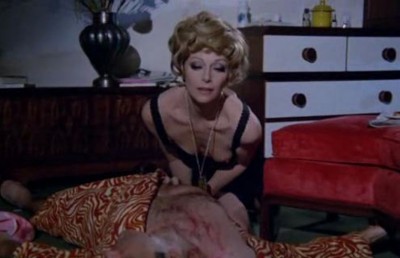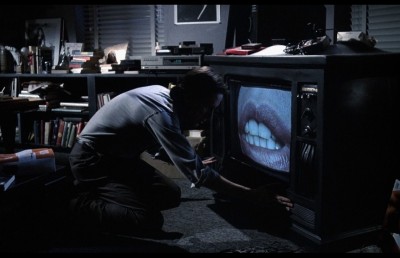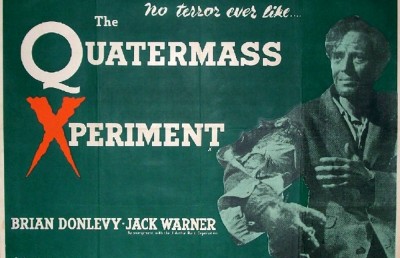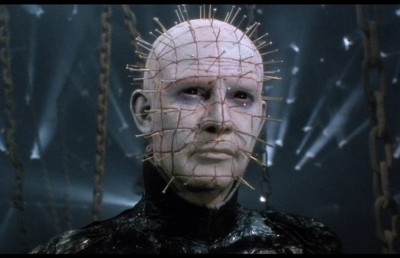[Rec]
Spanish 'Reality Horror'
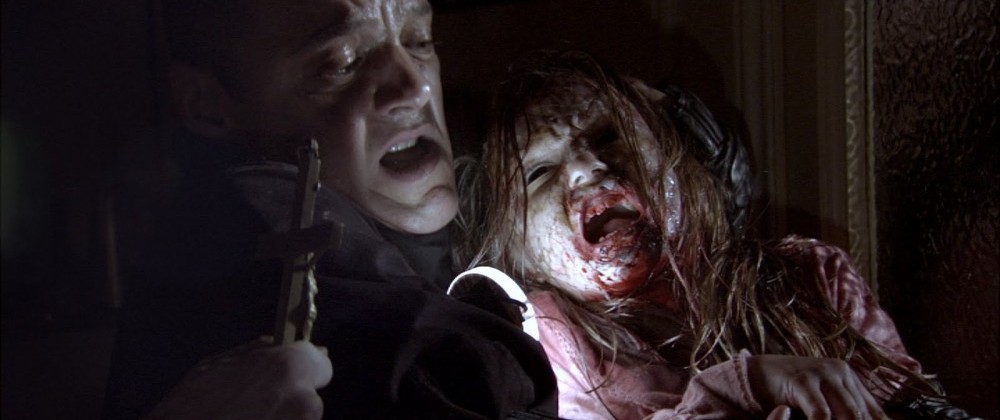
[Rec] (2007, Jaume Balaguero, Paco Plaza) is Spain’s latest entry into the by now bulging sub-genre of reality horror, which includes the antecedent grand-daddy Cannibal Holocaust (Ruggero Deodato, 1980), its modern classic equivalent Blair Witch Project (Daniel Myrick, Eduardo Sánchez, 1999), and its kissing cousin The Last Broadcast (Stefan Avalos, Lance Weiler, 1998), and an impressive range of a by no means exhaustive list of styles/subjects which include serial killer/stalker films (Alone With Her, Eric Nicholas, 2006, The Last Horror Movie, Julian Richards, 2003, A Film by Carroll McKane, Gary Sherman, 2006), urban myths (Blair Witch Project, The Last Broadcast, Five Across the Eyes, Greg Swinson, Ryan Thiessen, 2006, The Poughkeepsie Tapes, John Erick Dowdle, 2007), ghost tales (Paranormal Activity, Oren Peli, 2007), family horror (Home Movie, Christopher Denham, 2008), torture porn (Fred Vogel’s August Underground series), survivalist horror (Slashers, Maurice Deveraux, 2001), classic zombie mayhem (Dairy of the Dead, George Romero, 2007, The Zombie Diaries, Michael Bartlett, Kevin Gatesy, 2006) and pseudo zombie (people that are not dead but rabid) films (28 Days, Danny Boyle, 2000, 28 Days Later, Danny Boyle, 2002, Rec and its US remake Quarantine, John Erick Dowdle, 2008), mockumentary (Man Bites Dog, Rémy Belvaux, André Bonzel, 1992, The Last Broadcast, Blair Witch Project, S&Man, J.T. Petty, 2006, Behind the Mask: The Rise of Leslie Vernon, Scott Glosserman, 2006), and classic big monster movies (Cloverfield, Matt Reeves, 2008).
[Rec] is an effective reality horror entry which plays with all the usual reality horror subgenre conventions —the camera must always be on, except for odd black frames, camera-on-floor POV, night vision lighting, wildly moving hand-held shots, running point of view shots, etc.—, [1] with an added narrative twist which recalls earlier horror/giallo films: the tape recorded plot point thickener. In this case the conceit of the camera having to be always on is strong, even if by the end it begins to stretch credulity, but by that point the engaged viewer should no longer be nitpicking.
News reporter Angela (Manuela Valesco) and her cameraman Pablo (Ferran Terraza) are filming a documentary on firemen who work the nightshift for a television show called “When You’re Asleep.” When two firemen, Manu (Ferran Terraza) and Alex (David Vert), are called into a tenement block the two-person documentary team follow them in and subsequently become trapped/sealed in the building complex, along with a group of tenants and a police officer. Although they are unaware of why they have been contained in the building, they soon learn that the building has been quarantined by the health department to contain the spread of a powerful virus which originated in the building. We learn later that the initial carrier was a pet dog that was taken to the vet and became excessively aggressive. The virus spreads by the saliva, hence the drive of the infected to bite and cannibalize so as to spread the virus quickly. Performances are strong throughout, from the lead journalist/reporter, Angela, to the swat-like hero (Jorge Serrano), and the befuddled tenants. When things are still in the early ‘we don’t know what is happening to us’ stage the police officer seldom asks them to turn off the camera, but Angela argues vehemently that they need to continue filming to have a record of the event, given the government’s strange and inexplicable policy toward them (sealing them in without a reason). Only when a health inspector is sent in do they discover why they have been quarantined, and only when the threat becomes high, with rabid infected people a constant threat, does the conceit begin to feel strained. As in most every reality horror, one places themselves in the situation and wonders: Would I continue filming if it would put my life in jeopardy?
Following another reality horror convention, at one point the lights in the building go off necessitating the use of the camera’s built-in light. However, such is the convention of the genre: on one level you could argue that the camera must remain on because there is no fear without a camera that records the fear!
Bereft of major plot development directors Balaguero and Plaza concentrate on generating a simple rhythmic interchange between thick lathers of tension and the releasing of tension through effective startle effects. One of the best of such shock scares is when a fireman comes crashing to the floor in the background of a group shot, with the thud spiked up to an almost unbearable level, like most of the sound is (the yelling, screeching of the infected people running toward the camera was so loud I had to cover my ears at times). Another great startle effect is the in the attic scene at the end, when Pablo, the camera operator, slowly pans across the dark attic space with his camera light to see what may be hiding in the spaces, and finding the answer at the end of the pan when an infected boy lunges at the lens.
The first scene in the film to really generate an intensity which sets the audience up for the rest of the film is when they visit the old lady who set off the initial call to the firemen. When they enter her apartment they find a craggily-haired old lady in her underwear, screaming like a cornered rat, afraid but ready to pounce at any moment. The expected moment of course arrives, as she lunges, biting an officer and worker in the face. The lady is eventually shot, which leads to an effective framing device where the camera films Angela in a Blair Witch-style extreme close-up, and out of her sight in the extreme background, the hunched-over felled body of the old lady. Will the old (dead?) lady move? Will she arise from the ashes? Or perhaps reveal a twitch? The suspense is only dissipated in a later scene when they come back to the apartment but the corpse is no longer where it was left.
As the tenement is being over run by the infected, Angela and Pablo take refuge in the penthouse apartment which was supposed to have been uninhabited. The latter fact is questioned when Angela and Pablo find a room filled with old newspaper clippings of a Portuguese girl who was possessed, religious icons throughout, pieces of dirty paper, chemical bottles, lab materials, etc. These remnants suggest that someone living in this apartment was working on a substance which may have been the cause of the virus. They find a reel to reel recorder with a tape which reveals, in no clear terms, a possible conspiracy of sorts involving the church. Perhaps the person living in this room was working on a drug to cure possession, or induce it? Or perhaps he was a government employee (which would explain why the government knew about the building)? The narrative device of the characters finding and turning on a tape recorder to discover important plot information recalls the ending of Fulci’s House by the Cemetery, where the protagonist learns of Dr. Freudstein’s experiments through the doctor’s tape recorded testimony, or similar scenes at the conclusion of Pupi Avati’s House With the Windows That Laugh, or even Raimi’s Evil Dead.
Directors Balaguero and Plaza decide, rightly I feel, to keep the source of the virus unknown. As a ‘reality horror’ such ambiguity feels right, and is even, arguably, a trait found across many reality horror films (for example, the ambiguous ending of Blair Witch Project, The Last Broadcast or, more recently, the unexplained cause of the monster attack in Cloverfield). In the film’s final horrifying shot we see the sole survivor, Angela, on the floor, facing the camera and then quickly dragged away by a sinewy, long limbed Manson-like creature. Like Angela, the audience is left, literally and figuratively, in the dark. (A friend David Kristian told me after the screening that the creature was possibly influenced by the titular character in Chris Cunnigham’s infra red experimental video short, Rubber Johnny).
Endnotes
1 In a review of [Rec] Dan North has referred to this as the “caught-on-camera” aesthetic.

![<i>[Rec]</i>](/images/made/images/contributors/_resized/totaro-400-400_200_200_90_c1.jpg)

